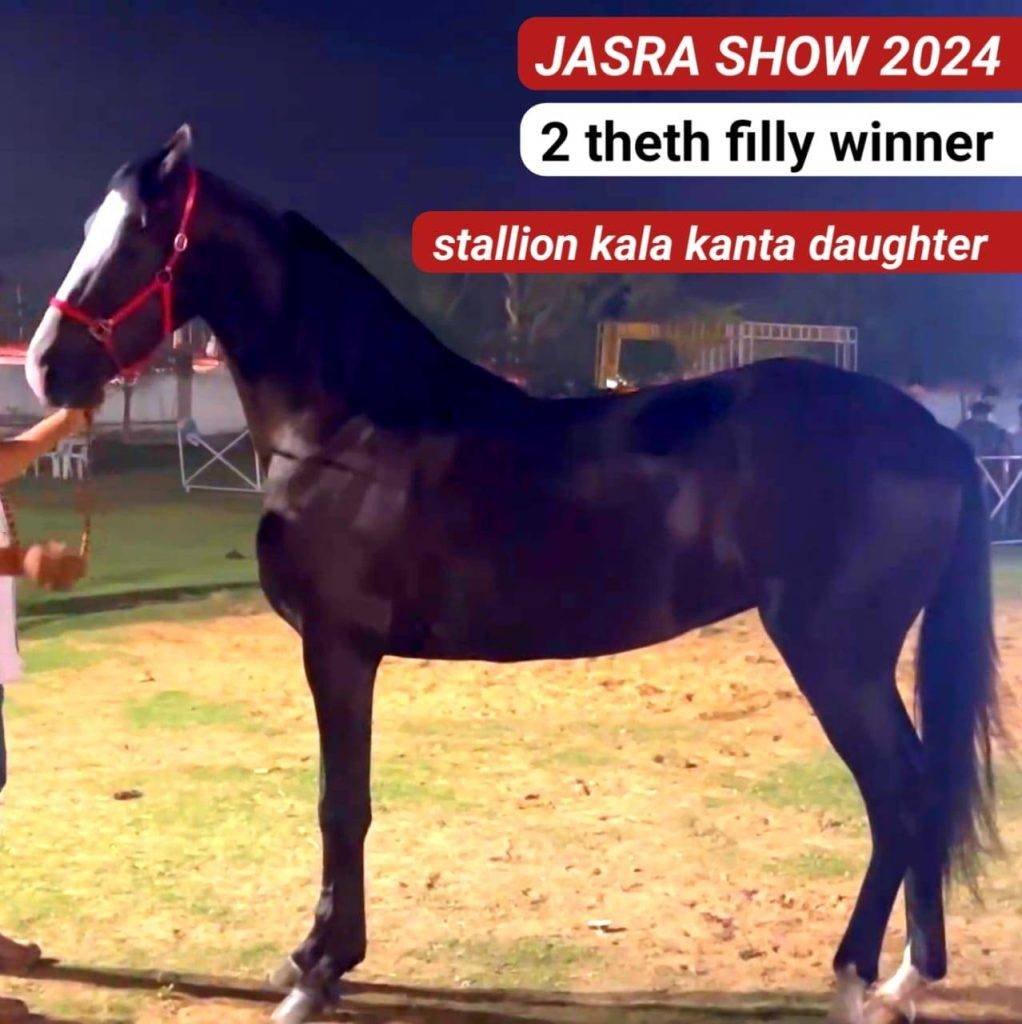Here’s a breakdown of the main parts of a horse:
1. Head
- Muzzle: The nose and mouth area.
- Nostrils: Located on the muzzle, used for breathing and smelling.
- Eyes: Positioned on the sides of the head, providing a wide field of vision.
- Ears: Can rotate to listen to sounds from different directions.
- Mane: Hair along the neck, often long and flowing.
- Forehead: The area between the eyes.
- Poll: The top of the head, just behind the ears.
- Jowls: The fleshy area under the jaw.
2. Neck
- Cervical Vertebrae: The bones in the neck that allow movement.
- Withers: The highest point of the horse’s shoulders, located at the top of the neck.
- Throatlatch: The area just behind the horse’s head, between the neck and chest.
3. Body
- Chest: The front part of the body, near the heart and lungs.
- Barrel: The middle part of the horse’s body, around the ribcage, where the organs are located.
- Back: The area between the withers and the loin, where a saddle sits.
- Loin: The area just before the hindquarters, connecting the back and the croup.
- Croup: The top of the horse’s hindquarters, just before the tail.
- Ribs: The bones forming the ribcage, protecting internal organs.

4. Limbs
- Front Legs:
- Shoulder: The area where the front leg meets the body.
- Elbow: The joint between the upper arm and the forearm.
- Knee: The joint between the forearm and the cannon bone.
- Cannon Bone: The long bone below the knee.
- Fetlock: The joint just above the hoof.
- Hoof: The hard, protective covering at the end of the leg.
- Back Legs:
- Hip: The joint where the hind leg connects to the body.
- Stifle: The joint analogous to the human knee.
- Hock: The joint between the lower leg and the cannon.
- Cannon Bone: Same as in the front legs.
- Fetlock: Same as in the front legs.
- Hoof: Same as in the front legs.
5. Tail
- Dock: The base of the tail, where it connects to the body.
- Tail Bone (Caudal Vertebrae): The bones that make up the tail.
- Tail Hairs: Long hairs that extend from the dock, used to swat insects.
6. Skin and Coat
- Coat: The fur that covers the horse’s body.
- Girth: The area around the horse’s midsection, often where a saddle cinch is fastened.
- Flank: The side of the horse, just behind the ribcage.
Each of these parts plays an important role in the horse’s anatomy, allowing it to perform a wide range of activities, from running to carrying loads and interacting with its environment.




